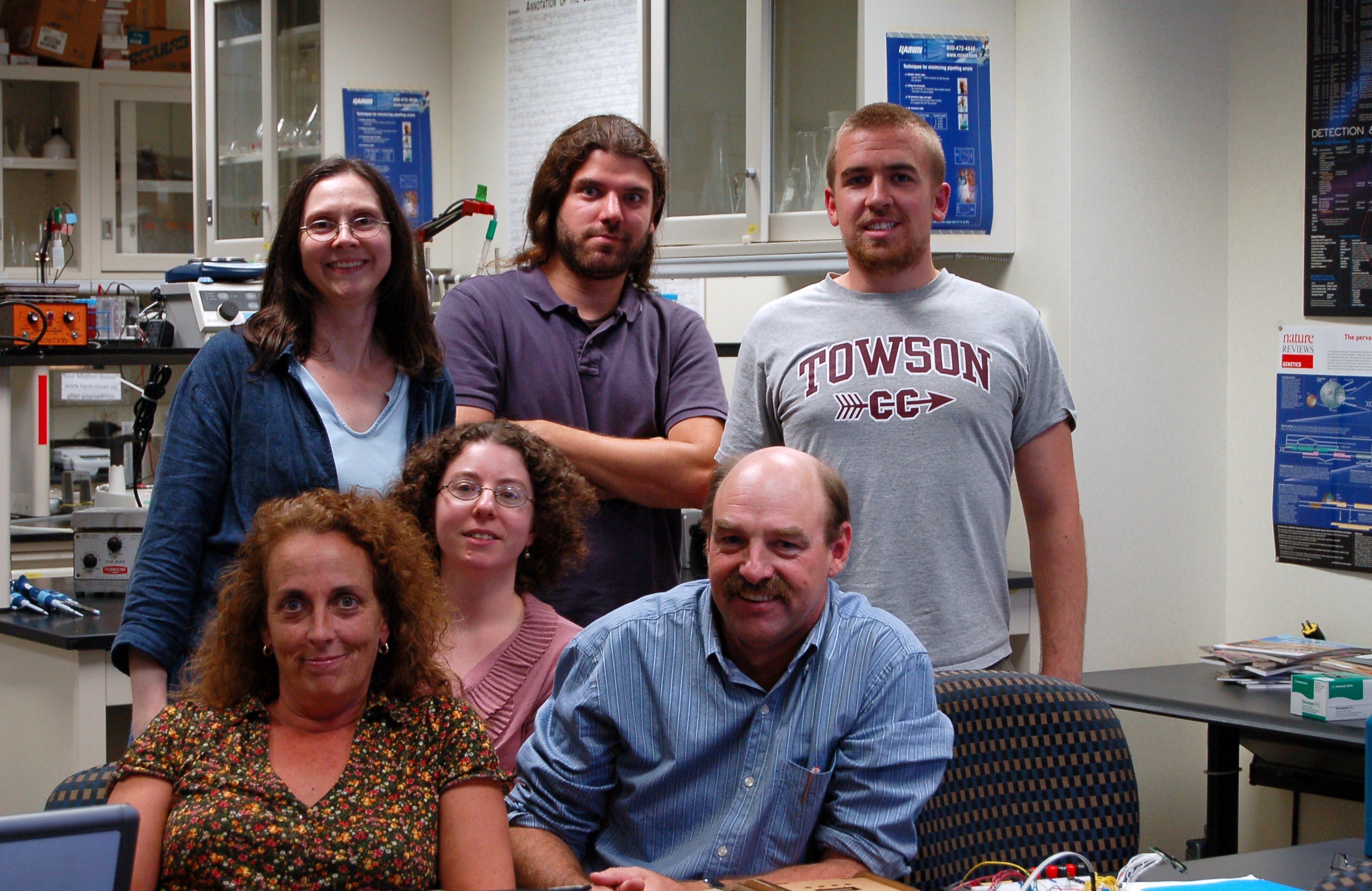Team:Baltimore US/Project
From 2010.igem.org
| The first DIY-Bio Community to secure entrance into the iGEM competition. In the years to come we hope other DIY-Bio communities will form alliances with local institutions of learning so they also may be able to help us form a sub-category or alternative competition/collaborations within the National iGEM Jamborees. | |
|
Possible Projects Project: ANN Artificial neural networks offer powerful tools for pattern recognition, discriminant analysis and machine learning. Originally developed as a model of human cognitive activity, artificial neural networks have been adopted by statistical modelers for their capacity to partition high-dimensional parameter spaces and "learn" to classify inputs through teaching and reinforcement. The massively parallel nature of artificial neural networks have provided motivation to implement them in vitro rather than in silico. Indeed, steps toward in vitro implementation have been taken by a number of previous iGEM teams. We hope to improve upon these efforts. In particular, we wish to provide tools for the construction of a multi-layer feedforward net with back-propogation of error. Owing to the parallel nature of the net, implementation must consist of the development of a single computational unit along with the processes by which units can be rationally composed. Such a project will require the completion of several subtasks. The first item is the acceptance of input by the user. We intend to employ cellular signaling mechanisms for communicating with the input layer. Between network layers, we intend to employ the addressible conjugation method developed by Berkeley 2006.After input has been received by a node in a given layer of the net, it must be weighted, summed, and fed through a non-linear threshold function. Weighting may be accompolished by molecular AND gates which limit the expression of the input protein to levels which may be governed by the concentrations of "weighting proteins" within the cell. Summing and thresholding may then be naturally accomplished by cellular metabolism. Output may be given to the user through the expression of fluorescent proteins. Lastly, back-propagation of error may be accomplished by separate channels of addressing plasmids which up- or down-regulate rates of conjugation in the previous layer. The above constitutes an ambitious program which may exceed the scope of the summer. We wish to focus our efforts upon techniques for parallel, asynchronous addressible conjugation, especially so as to permit input from multiple nodes in the previous layer and allow computation of multiple input instances through a single generation of cells. | |
| Team Example |
| Home | Team | Official Team Profile | Project | Parts Submitted to the Registry | Modeling | Notebook | Safety |
|---|
Contents |
Overall project
Your abstract
 "
"
